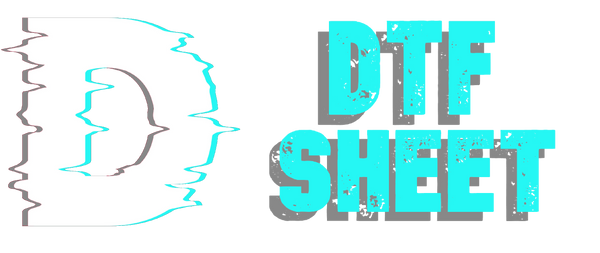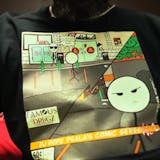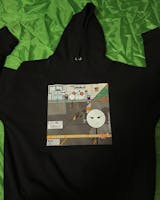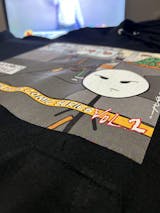Despite the passage of time, DTF printing remains a staple in both the fashion industry and other sectors, maintaining its popularity. With anticipated technological advancements, significant progress in DTF printing is expected in the future. These advancements are not limited to technological products and DTF printers but also encompass the ever-evolving fashion trends. The Direct to Film (DTF) printing industry continues to grow and evolve daily, driven by renewed fashion designs and changing market demands.
Analyzing media data reveals that DTF printing will expand into broader categories and lead innovations in the next five years. Just as technology introduces innovation in every field, it is also advancing in a ready-made manner in the field of printing. In the coming years, printing brands and printing jobs are expected to become more comprehensive with the multi-purpose performance of dtf printing machines. Looking five years later, it is aimed for colorful prints and geometric patterns to become trends. Since the popularity of mixed patterns never decreases, mixed patterns with vibrant colors seem to continue to attract the attention of customers every year.
Innovative DTF Prints in 2030
The quality of the print is paramount in DTF printing. Contrary to popular belief, achieving high-quality prints is a challenging process. During this process, the use of harmful powders and chemicals can sometimes be excessive, raising environmental concerns. In response to increasing environmental worries, DTF printer manufacturers are developing eco-friendly solutions for powder shaker products. This innovative journey prioritizes sustainability, offering high-quality prints with fewer chemicals while promoting environmentally conscious technology. The print designs expected in 2030 will be different from ordinary designs and prints and will be analyzed from these years onwards. In this regard, instead of ordinary and plain prints, more vibrant and mixed pattern fashion will maintain its appeal throughout all years.
DTF Print Sizes and Surfaces
DTF prints are typically designed and transferred in A1 and A3 formats. The anticipated innovation in DTF print sizes by 2030 is both surprising and appealing to many brands. The development of prints serving various sectors is crucial. High-precision scale transfers replacing outdated design prints will attract significant attention. The demand for large print sizes in the apparel industry is particularly rising. The forthcoming technological devices and printing machines are expected to facilitate the application of prints on all surfaces seamlessly. Brands favoring custom production prints will expand their collaborations, driving industry growth.
Cost Reduction in DTF Printing
DTF printing involves various factors for both producers and client companies. These factors are guided by the brand's or customer's requirements to provide quality service. Among these, the price of prints and overall costs are paramount. Reducing printing costs while maintaining quality is crucial, although challenging for producers. In the coming years, innovations in products and printing inks are anticipated. Innovative printers will offer more sustainable and cost-effective solutions for DTF printing. The goal is to minimize costs by carefully managing the adhesives and chemicals used on film layers, leveraging every aspect of advancing technology.
Enhanced DTF Print Resolution
The resolution of DTF prints may vary depending on the surface to be printed. These variations are related to maintaining color vibrancy during the film transfer. Continuous technological advancements are utilized to achieve superior print resolution. The quality of prints significantly impacts the producing company and the printing industry with their unique visuals and differences. The development of impressive visual effect prints is expected to further innovate the industry in the coming years. Continuous improvements in various colors and effect prints, guided by customer demands, will result in high-quality outputs. The advanced capabilities of future printing technology will ensure successful service delivery for both customers and printing elements.








